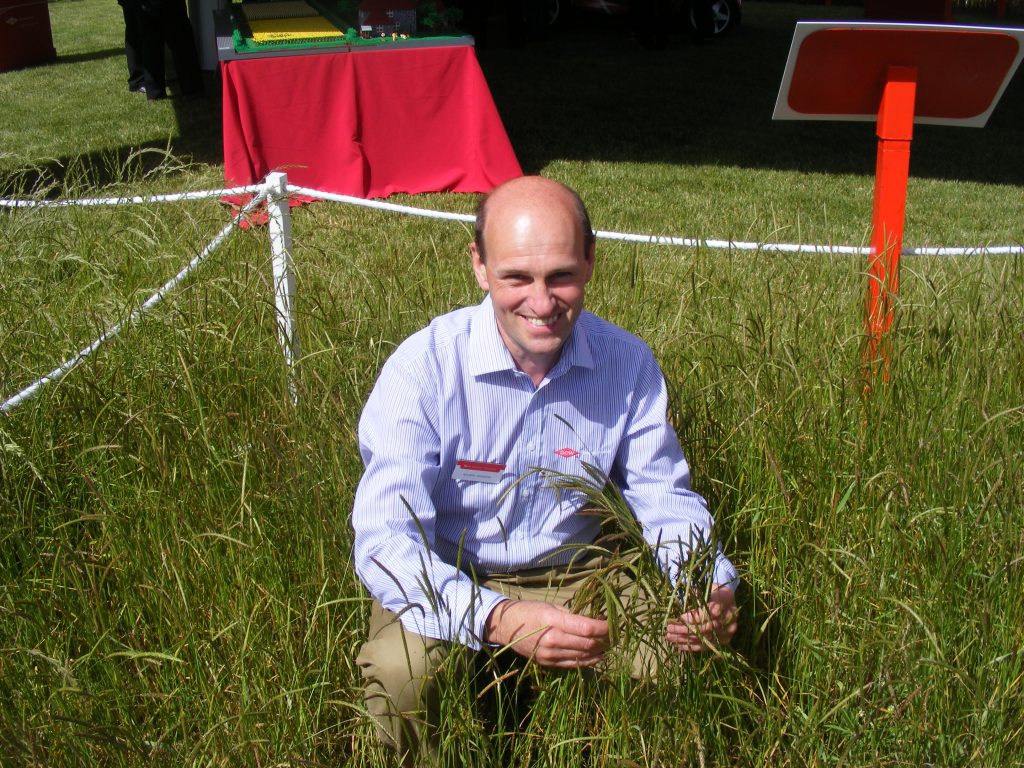New chemistry could drive shift to earlier weed control applications
21st September 2017
Dow AgroSciences says more cereals growers could get ahead in the battle to control broad-leaved weeds during the autumn now they have a new tool in the box.

Dow’s Stuart Jackson.
|
Dow AgroSciences says more cereals growers could get ahead in the battle to control broad-leaved weeds during the autumn now they have a new tool in the box. Fluctuating temperatures, short days and frequent rainfall events often scupper attempts to target key problem weeds during the season. The knock-on effect is more pressure on the sprayer in the spring when weeds are well established and can be harder to control. But cereals herbicide specialist Stuart Jackson says that new chemistry could sway some growers towards re-thinking their strategies. Zypar, based on the company’s breakthrough molecule Arylex Active, provided excellent weed control during the dry spring and is now available to growers for the first time for autumn applications. “The reliability of broadleaf products to perform in cold and variable temperatures has traditionally put a lot of growers off carrying out applications at this time of year,” said Mr Jackson. “Opportunities to spray are limited and there is plenty of other farm work to do so it often gets left until active growth resumes in the spring. “But chemistry moves on, and we now have the opportunity to get these key problem weeds early. Our research consistently demonstrates that hitting weeds when they are small leads to better results both in terms of weed control and, ultimately, yield.” Zypar targets key problem weeds such as poppy, chickweed, cranesbill, groundsel and brassica weeds. But given the limited opportunities for sprayers to travel, Mr Jackson’s advice is to make the job as efficient as possible by tank mixing it with one of the many compatible products. “Zypar can be added to residual herbicides that are targeting grass weeds such a pendimethalin and flufenacet,” he said. “We have found that an autumn or early spring application of Zypar plus a picolinafen based product controls meadow grass and broad-leaved weeds in a single pass.” The maximum rate of Zypar that can be applied before 14 February is 0.75L/ha. It should be applied to a dry leaf but is rain fast within one hour. |
